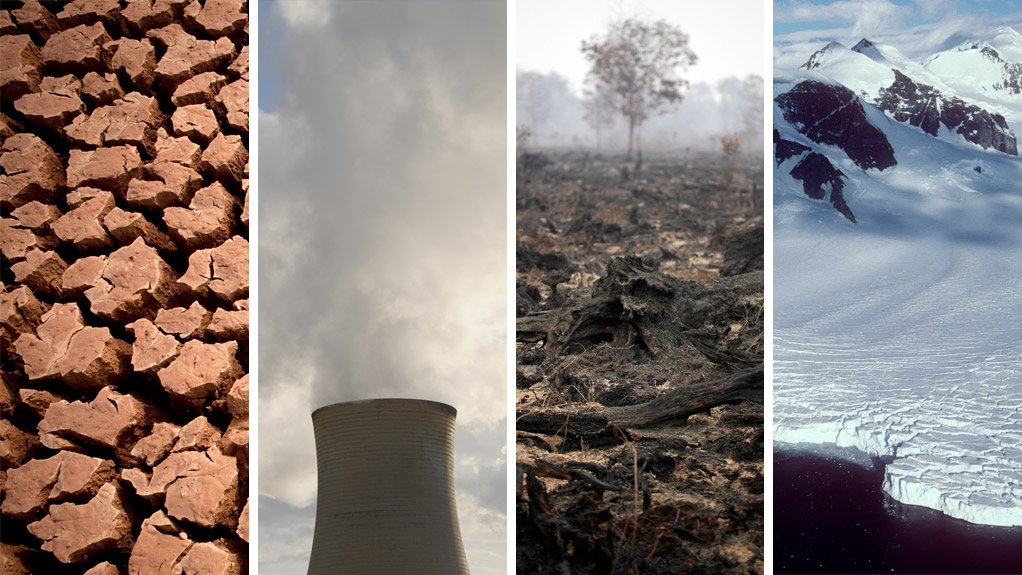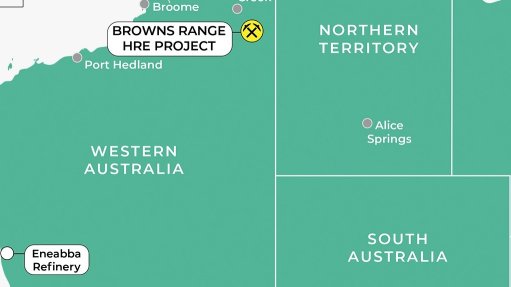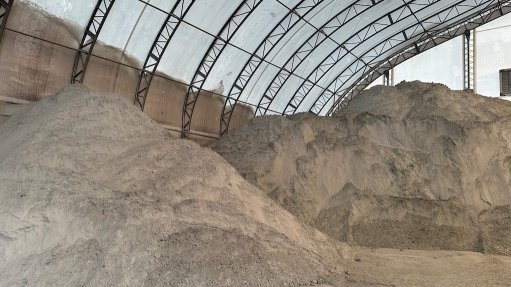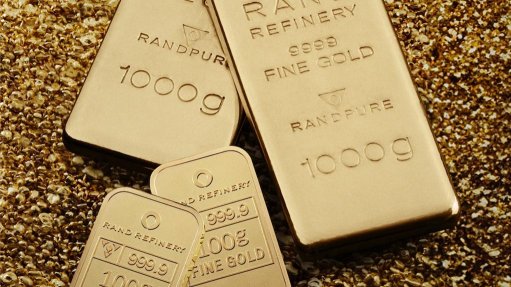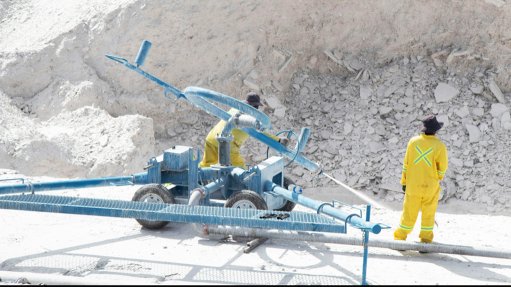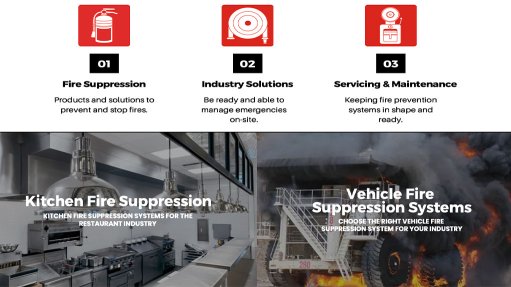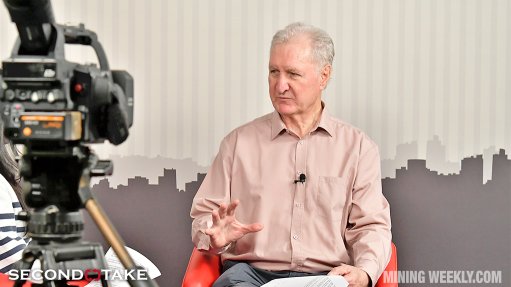Net Zero offers A$40bn in opportunities to Aus - report
PERTH (miningweekly.com) – A new report has revealed that the shift to Net Zero emissions could generate as much as A$40-billion in national income for Australia and A$65-billion in economic activity by 2050.
In its latest report, advisory firm Ernst & Young (EY’s) Net Zero Centre found that there was enormous economic opportunity, particularly for green iron and steel, and new energy minerals, but that urgent effort was required to capture this emerging competitive advantage.
“To limit climate change to below 2°C global emissions must fall by around 70% by 2050, even as the global population grows by 20% and the economy doubles,” the report stated.
“The scale of this challenge means that action to reduce emissions is required by all major sectors, including heavy industry, made up of ferrous and non-ferrous metals, chemicals, and refinery products.
“Heavy industry is central to this global transition for two reasons. First, heavy industry accounts for a large share of primary energy use and direct emissions, and so must be involved in global abatement efforts. And second, the transition to the new energy economy
will require additional metals and minerals supplied by heavy industry to generate, store and distribute renewable energy in place of the old energy system based on fossil fuels.
“Heavy industry must find ways to reduce its emissions intensity by around 80%, while doubling its output value,” it added.
The EY reported noted that Australia had a potential advantage for new heavy industry, leveraging highly competitive renewable energy and mineral resources.
“Australia’s distinctive advantage is the ability to combine world-class renewable energy resources with abundant raw materials in locations connected to other inputs and key destination markets. New firmed clean energy can be positioned close to raw materials, such as production of green iron from iron-ore or alumina from bauxite. Emerging technologies may also see increasing demand for bio-based materials and energy products, such as biochar and liquid biofuels,” the report stated.
“However, the vast majority of available new energy in Australia is variable renewables rather than the more reliable hydropower or geothermal. This abundance of variable renewables aligns best to sectors with higher operational flexibility, like hydrogen and iron, rather than processes requiring near 100% reliability, such as aluminium.”
EY’s granular analysis of specific technology and industry processes identified three prospective opportunities, including clean low-carbon heavy industries, critical new economy minerals, and hydrogen, which could be used for domestic processes but also exported.
The report found that the iron and steel industries would likely be significant early movers in the global transition to clean, low-emissions energy intensive products, with green iron requiring vast quantities of renewable energy and suitable iron-ore, of which Australia has both.
“Australia is also well positioned across transition pathways, which initially are likely to use natural gas as a reductant in the directly reduced iron (DRI) process, until this can be replaced with low-carbon green or blue hydrogen.
“Australia’s long term growth potential in upstream segments of iron and steel value chains is almost unlimited, as we are currently producing over a third of the world’s iron-ore but account for less than 1% of iron and steel production,” the report stated.
Furthermore, the renewable energy transition is driving almost unprecedented demand for essential mineral inputs with requirements set to increase up to 40-fold for lithium, cobalt, nickel, manganese and copper in several cases. Australia is a producer of almost all of these transition minerals, and in many cases accounts for one-tenth to one quarter of global reserves.
Additionally, the report also found that Australia could benefit from the development and production of hydrogen, which would act as an opportunity multiplier.
“We find Australia can benefit from hydrogen as an input to other exports without exporting hydrogen. Australia’s abundant renewable energy resources make it well-suited to large-scale production of green hydrogen.
“While media coverage often focuses on the potential for Australia to establish an export-oriented industry, viability will be complicated by high conversion and transport-related losses. Using renewable hydrogen close to its source adds value in Australia and avoids the cost and technical challenges involved in seaborne transport,” the report stated.
“This would allow Australia to export easy-to-ship products such as steel or hydrogen-based feedstocks, rather than difficult-to-ship hydrogen. Specific domestic opportunities include green iron and steel, fertiliser and chemicals, alumina refining, and synthetic fuels.
“We find the tactical and strategic importance of hydrogen to Australia’s low-carbon future suggests Australia should strengthen our engagement and policy support for this cornerstone emerging technology.”
EY’s analysis indicated that Australia’s net zero opportunities could be worth an estimated A$40-billion of additional income by 2050, equating to some A$1 100 per person, and could add around a$65-billion in value of economic activity, a 1.4% boost to national income and a 2.3% boost to gross domestic product, relative to the baseline scenario.
However, the report noted that this advantage is conditional, not automatic or absolute.
“While the shift to net zero creates new potential strengths, existing potential weaknesses remain. Australia has no room for complacency and project approvals processes, relative capital requirements, and labour costs will continue to be watchpoints for major investments.”
This report stated that the global shift to net zero emissions would create multiple competitive advantages for Australian heavy industry, but that effort is required to capture these opportunities. This includes some effort that is already planned, such as to deliver secure and reliable low-carbon electricity. But it also includes additional efforts, such as to coordinate export-related energy supply and demand, leverage sentiment in favour of friendly supply chains, and support world-class low-carbon industrial innovation in areas aligned to Australia’s economic interests.
“We also find the economic benefits could be enormous. But dollars are only part of what is at stake. Australia can make a distinctive contribution to meeting global needs for heavy industry essentials, while supporting the global transition to net zero emissions. We can do well while doing good.”
Article Enquiry
Email Article
Save Article
Feedback
To advertise email advertising@creamermedia.co.za or click here
Press Office
Announcements
What's On
Subscribe to improve your user experience...
Option 1 (equivalent of R125 a month):
Receive a weekly copy of Creamer Media's Engineering News & Mining Weekly magazine
(print copy for those in South Africa and e-magazine for those outside of South Africa)
Receive daily email newsletters
Access to full search results
Access archive of magazine back copies
Access to Projects in Progress
Access to ONE Research Report of your choice in PDF format
Option 2 (equivalent of R375 a month):
All benefits from Option 1
PLUS
Access to Creamer Media's Research Channel Africa for ALL Research Reports, in PDF format, on various industrial and mining sectors
including Electricity; Water; Energy Transition; Hydrogen; Roads, Rail and Ports; Coal; Gold; Platinum; Battery Metals; etc.
Already a subscriber?
Forgotten your password?
Receive weekly copy of Creamer Media's Engineering News & Mining Weekly magazine (print copy for those in South Africa and e-magazine for those outside of South Africa)
➕
Recieve daily email newsletters
➕
Access to full search results
➕
Access archive of magazine back copies
➕
Access to Projects in Progress
➕
Access to ONE Research Report of your choice in PDF format
RESEARCH CHANNEL AFRICA
R4500 (equivalent of R375 a month)
SUBSCRIBEAll benefits from Option 1
➕
Access to Creamer Media's Research Channel Africa for ALL Research Reports on various industrial and mining sectors, in PDF format, including on:
Electricity
➕
Water
➕
Energy Transition
➕
Hydrogen
➕
Roads, Rail and Ports
➕
Coal
➕
Gold
➕
Platinum
➕
Battery Metals
➕
etc.
Receive all benefits from Option 1 or Option 2 delivered to numerous people at your company
➕
Multiple User names and Passwords for simultaneous log-ins
➕
Intranet integration access to all in your organisation



